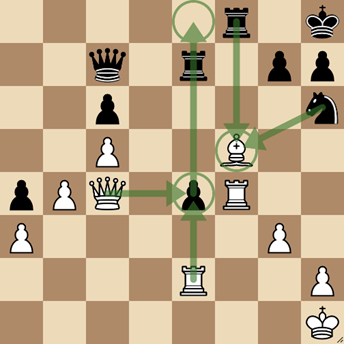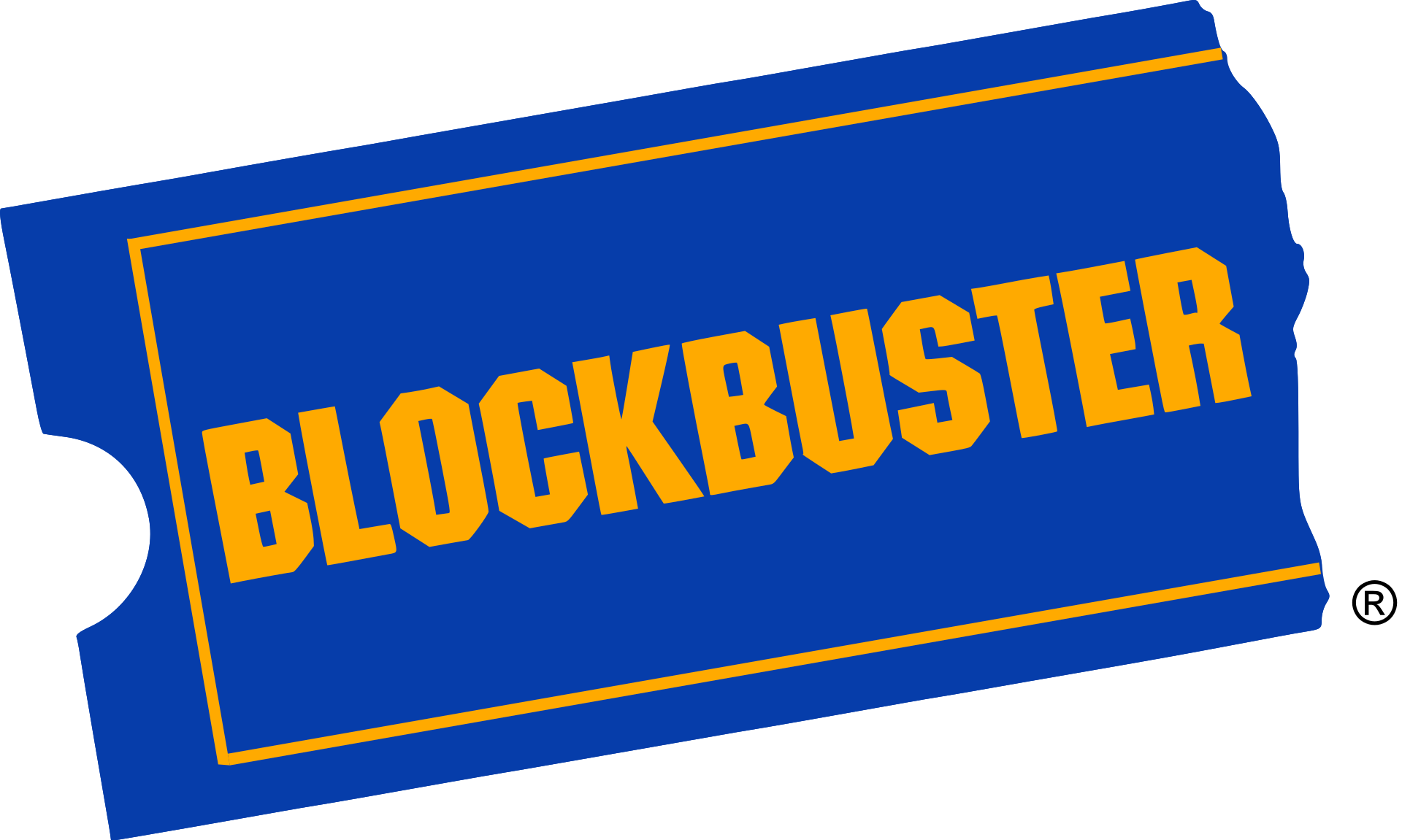1. Introduction
The process involves:
- Assessing the current state of the organisation.
- Analysing internal and external factors that may impact its future.
- Formulating a set of strategies and action plans.
What is the Aim?
Strategy development aims to align the organisation’s resources, capabilities, and activities to ensure long-term success, alignment with key stakeholders, and competitiveness in its respective industry or market. The strategic planning principles can be found and learnt from all facets of the world; in this article, we will draw on the striking parallels to chess.
Each step of the strategic framework flows seamlessly into the next and builds upon the previous stage. Throughout this piece, we will methodically analyse the key principles of strategic planning, why they are essential to the desired outcome of long-term success, and real-life examples to give actionable insight for any business owner.
2. Building a Solid Framework
Just as a chess game requires a well-structured opening, businesses need a solid framework to begin their journey towards sustainable success. The opening moves in a chess game establish control of the board and set the stage for the middle-game and end-game phases.
Just as chess players carefully plan their openings, businesses must define their strategic vision/mission to serve as the basis for future decisions. The mission explains the “why” of the organisation’s existence, while the vision paints a picture of its long-term aspirations for success.
When amalgamated, they create a sense of purpose, align the team’s efforts, and motivate everyone by connecting their work to a greater goal. These statements also act as a decision-making compass, helping organisations choose the right path for long-term success.
3. SWOT Analysis
In chess, a winning long-term strategy involves a multifaceted approach. The effective player will analyse the strengths and weaknesses of their position and identify and determine opportunities and threats of the opponent’s position.
A SWOT analysis is the framework for analysing internal strengths and weaknesses and external threats and opportunities. The framework mentioned above enables a business to present a structured method of evaluating key market and firm-specific forces that ultimately drive strategic decisions.
The information below shows how even well-known multinational corporations have used aspects of SWOT analysis to improve and adapt for business growth.

Strength: Apple’s strong brand recognition and customer loyalty
Apple introduced the Apple Watch, building its brand strength and expanding its product portfolio beyond smartphones and computers. By leveraging its trusted brand, Apple successfully entered the wearables market and attracted a broader customer base.
Weakness: Domino’s Pizza’s reputation for subpar pizza quality in the past
Recognising their pizza’s weakness, Domino’s initiated the “Pizza Turnaround” campaign. They revamped their pizza recipes, openly admitting their past shortcomings, and invited customers to try the improved product. This strategic change led to a significant improvement in product quality and customer satisfaction.
Opportunity: Amazon recognised a lucrative opportunity in the market
In the late 1990s, Amazon initially focused on selling books online and initiated a comprehensive market analysis to explore new growth opportunities. During this process, Amazon astutely recognised the surging trend of online shopping. Sensing a significant opportunity, the company strategically decided to diversify its product offerings, leading it to become the e-commerce giant it is today.
Threat: Airbnb faced increasing regulatory scrutiny and legal challenges in various cities.
In response to the regulatory threat, Airbnb diversified its business by offering more travel experiences, including guided tours and other services. This reduced its reliance on its traditional home-sharing model and allowed the company to adapt to changing regulatory environments while exploring new revenue streams.
SWOT analysis, therefore, plays a critical role in strategic planning for success at any business size, as it provides a holistic view of the organisation’s proficiencies and vulnerabilities, acting as a valuable source of key strategic decision-making.
4. Setting Long-Term Goals
Chess players follow certain principles that are the basis of their strategic decisions. In the opening, one of the key SPECIFIC objectives is to control the centre of the board, make MEASURABLE progress through capturing pieces, ensure strategic ideas are ACHIEVABLE, moves should be RELEVANT to the overall strategic aim of the position, and finally, with most games having a strict time limit, successful players will respect the TIME-BOUND restrictions of the game.
SMART Goals
Chess players follow certain principles that are the basis of their strategic decisions throughout the game. In the opening, one of the key SPECIFIC objectives is to control the centre of the board, make MEASURABLE progress through capturing pieces, ensure strategic ideas are ACHIEVABLE, moves should be RELEVANT to the overall strategic aim of the position, and finally, with most games having a strict time limit, successful players will respect the TIME-BOUND restrictions of the game.
Setting long-term goals is the foundation of a business’s future success. The SMART goal framework stresses the importance of defining Specific, Measurable, Achievable, and Time-bound goals. The photo below provides further insight into the key elements of SMART goals and why they are beneficial.

SMART Goals in Practice
Let’s assume we own a business and are developing a strategy to increase sales targets in line with our long-term objective of diversifying our product offering. Our goal can be declared as, “XYZ Business plans to increase their quarterly sales revenue for the new product line by 20% within the next fiscal year”.
Let’s unpack why this goal upholds the SMART goal principles and is destined for a successful outcome. This goal is specific, clearly defining the target and reducing ambiguity while also being measurable, providing a concrete metric for success and enabling progress tracking. It is achievable, as introducing the new product line presents growth opportunities that, with a well-planned sales and marketing strategy, can lead to a 20% increase. The goal is also relevant to our business, supporting our strategy to diversify product offerings and contribute to long-term growth. With a set timeframe due within the next fiscal year, it is time-bound, creating a sense of urgency and a clear deadline for reaching the 20% sales revenue increase, allowing the company to prioritise efforts and stay on track.
In summary, the SMART goal framework is crucial when planning for long-term success. It offers a structured methodology of purpose and direction and a clear pathway for eventual success in line with overall higher-level strategic objectives.
5. Strategy Formulation

When formulating prospective strategic avenues, evaluating alternative options and directions is critical before jumping into a plan for long-term success.
In chess, a player evaluates multiple options before making a move. Each potential move has varying consequences that will vastly influence the pathway to achieve their long-term goal: checkmate (success!).
Business Context
Similarly, businesses should generate and evaluate strategic alternatives in strategic planning, critically weighing each option’s potential benefits and risks. Organisations must use this practice to consider how their possible strategies will interact with changing market dynamics and competitors’ moves.
In both contexts, effective decision-making involves considering multiple scenarios that require adaptation when unforeseen challenges arise. As mentioned earlier in this piece, all aspects of strategic planning discussed are intertwined and can be leveraged across the planning process. Strategic formulation serves as a microcosm for this principle.
When weighing up the potential of proposed strategic avenues, ensure reference to the previously defined initial framework, section 4, “Setting Long-Term Goals”, and section 3, “SWOT analysis”, as more often than not, these previous sections will provide clear and definitive direction to any ambiguity and uncertainty that may arise in front of a set of pathways.
Therefore, strategy formulation is a pivotal exercise in producing a plan for long-term success, providing direction and encouraging a chance to review previous sections and ensure decision-making aligns with the company’s strategy.
6. Resource Allocation
Resource allocation refers to distributing an organisation’s financial, human, material, and technological resources among various activities or projects. Chess players, too, must plan how they allocate their resources (pieces) for different strategic plans. A queen-side attack (attacking on the opposite side of the opponent’s king) involves committing pieces to an aggressive strategic plan.
Before launching the attack, a player must consider specific questions:
- How many pieces will be needed?
- Are they in a viable position to join the attack?
- Does this plan have solid reasoning?
- Do I mitigate other risks by committing these pieces?
Similarly, businesses operate with finite resources, including budgets, personnel, and time, necessitating effective allocation to projects or initiatives aligned with strategic objectives. Planning for effective distribution will ensure that necessary resources are available for suitable projects or initiatives at the right time.
Successful Strategic Resource Allocation – IBM Case Study

International Business Machines (IBM) is a perfect example of how effective resource allocation can trigger long-term success. In the early 2000s, IBM faced a challenge with a fork in the road, deciding between two strategies (think section 5, “strategic alternatives”). Their hardware business was struggling due to increased competition and demand.
Simultaneously, their services and consulting divisions (cloud computing and artificial intelligence) were revealed as high-value areas. IBM, therefore, made the strategic, long-term decision to divest some of the struggling hardware businesses and planned to allocate significant resources to their identified value areas. This resource allocation allowed IBM to adapt to the changing business landscape, ultimately becoming the global leader in the technology services and consulting industry today.
This case is an effective proxy to analyse how effective resource allocation, aligned with long-term strategic objectives and the competitive business environment, is an indispensable key to long-term success.
7. Strategic Implementation

Albert Einstein once said, “In theory, theory and practice are the same. In practice, they are not.”
What Lesson Can Be Learned?
The lesson that can be learned from one of the greatest minds in history is that strategic business planning can be extremely well thought out and have all the imagined scenarios accounted for.
However, like planning an attack in chess, an idea/strategic plan can quickly encounter unforeseen strategic challenges if not implemented and executed correctly. Therefore, a strategic plan for implementation and execution effectively bridges the gap between the vision statement and practical, day-to-day operational plans. This plan will provide clarity, accountability for performance and a valuable method of measuring progress, which we will discuss in the next section.
Strategic Planning Gone Wrong – Blockbuster

In light of Einstein, let us put theory into practice and investigate how poor strategic plans, implementation and execution can jeopardise long-term success.
In the early 2000s, Blockbuster, the once-dominant video rental chain, had the opportunity to acquire Netflix, a DVD-by-mail service that would later transition to streaming video. Blockbuster passed, and they decided to continue their strategic plans to leverage their brick-and-mortar presence to eventually venture into the online streaming market. However, due to poor planning by senior leadership and implementation of their strategy, their online rental service lacked adequate resource allocation and was subsequently not as user-friendly or innovative as Netflix. Netflix went on to become a global streaming giant. Meanwhile, Blockbuster filed for bankruptcy in 2010.
In summary, Blockbuster became a case study on how weak strategic planning, execution, and poor market data analysis (section 4 “SWOT Analysis”) can prove costly to desired outcomes and lead to the downfall of even a once giant in the industry.
8. Monitoring and Adaptation
We’ve successfully made it past the opening and middle game and put a well-thought-out and carefully planned attack on the opponent’s king into motion. Now is not the time for complacency. With the attacking plan implemented and actioned, players should continuously monitor the board, assessing piece positions, patterns and emerging threats. Players must also consider if any changes to the plan or adaptations are required as the game progresses.
Similarly, effective strategic planning reaches one of the most crucial phases once the plan has been implemented. Strategic planning necessitates vigilant monitoring of performance metrics (such as key performance indicators), market dynamics, and emerging trends to allow for agile adaptation to real-time challenges that align with long-term goals.
Successful Strategic Monitoring/Adaptation – McDonald’s Case

In the mid-1990s, McDonald’s aimed to attract more adult customers called the “Arch Deluxe”. The plan was to create a sophisticated burger using a higher quality beef patty and ingredients and a premium marketing campaign targeting adults. McDonald’s determined this competitive strategy as their key initiative, allocating an estimated $200 million to marketing and product development. However, the product failed to resonate with their target audience. After thorough monitoring and market research, McDonald’s discovered that their adult customers preferred the classic, familiar menu items, and they were not willing to pay a premium price for a more “sophisticated” burger from a fast-food chain.
Despite having the largest advertising and promotional budget in fast food history, McDonald’s displayed discipline to the core values of successful business strategy and accepted their strategy required adaptation. McDonald’s responded by focusing on their core products like the Big Mac and Happy Meals, which had been successful for years. The company also introduced more value-oriented menu items, like the Dollar Menu, to cater to a broader customer base.
This case study, therefore, serves as a perfect example of the rewards of diligently upholding the monitoring and adaptation principle in a business plan after implementation. In this case, McDonald’s invested significant resources in launching a new product, but when they realised it wasn’t resonating with their customers, they didn’t stubbornly persist with a failing strategy. Instead, they carefully monitored their product’s performance, conducted market research, and promptly recognised the need for change.
9. Conclusion
In conclusion, the interplay between chess and strategic planning cycles underscores the critical foundational principles for the booming long-term success of any business. This article has covered a range of intertwined considerations that should be considered in future planning. Each stage has its unique properties and must be pondered through a holistic lens.
An Ending Quote
“Without strategy, execution is aimless. Without execution, strategy is useless.”
– Morris Chang, founder and former chairman and CEO of Taiwan Semiconductor Manufacturing Company



